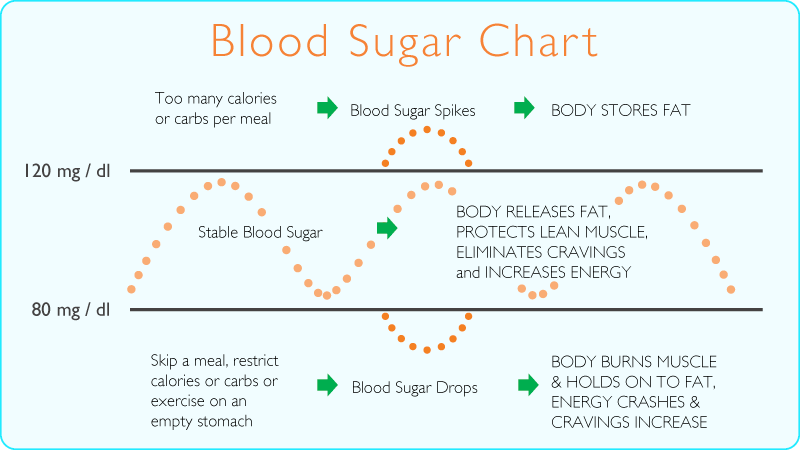- Home
- Sports Brands
- Health Brands
- Sports Nutrition
- Supplements
- About Us
- Blog
October 23, 2015
 Chromium is a relatively new mineral in terms of our understanding of the role it plays in nutrition.It was not until 1957 that Mertz and Schwartz isolated a compound that they called the "glucose tolerance factor" (GTF). This was shown to restore the ability of rats with impaired sugar metabolism to utilize glucose. In 1959, chromium was identified as the active component of GTF. Because of its role in regulating blood sugar, chromium supplementation is useful in a number of conditions.
Chromium is a relatively new mineral in terms of our understanding of the role it plays in nutrition.It was not until 1957 that Mertz and Schwartz isolated a compound that they called the "glucose tolerance factor" (GTF). This was shown to restore the ability of rats with impaired sugar metabolism to utilize glucose. In 1959, chromium was identified as the active component of GTF. Because of its role in regulating blood sugar, chromium supplementation is useful in a number of conditions.
 Dietary intakes of chromium cannot be reliably determined because the content of the mineral in foods is substantially affected by agricultural and manufacturing processes and perhaps by contamination with chromium when the foods are analyzed .
Dietary intakes of chromium cannot be reliably determined because the content of the mineral in foods is substantially affected by agricultural and manufacturing processes and perhaps by contamination with chromium when the foods are analyzed .
 Blood sugar balance- chromium helps maintain normal blood sugar levels, a function which not only helps diabetics but also those with pre-diabetic glucose intolerance and hypoglycaemia (too low blood glucose).
Cholesterol- chromium appears to play a role in reducing the bad LDL cholesterol and triglycerides whilst raising the level of good HDL cholesterol.
Weight Loss- studies have demonstrated weight loss with increased chromium intake. Chromium increases sensitivity to insulin, improving blood sugar control and encourgaing the body to use calories to generate heat. Preliminary studies have shown that taking chromium picolinate can result in increased fat and weight loss and gain in lean muscle.
Athletes- chromium compounds are required both to build muscle cells and for the muscle cells to absorb glucose during exercise. Because of the extra demands of glucose absorption during exercisemore of the appropriate chromium compound becomes damaged. This is broken down and excreted by the body. The result is a greater loss of chromium at a time when the body requires more than normal.
Acne- although people suffering from acne have normal oral glucose tolerance, skin tests have revealed that glusoce tolerance in the skin is impaired. Rapid improvement in the condition has been noticed in people taking chromium supplements.
Blood sugar balance- chromium helps maintain normal blood sugar levels, a function which not only helps diabetics but also those with pre-diabetic glucose intolerance and hypoglycaemia (too low blood glucose).
Cholesterol- chromium appears to play a role in reducing the bad LDL cholesterol and triglycerides whilst raising the level of good HDL cholesterol.
Weight Loss- studies have demonstrated weight loss with increased chromium intake. Chromium increases sensitivity to insulin, improving blood sugar control and encourgaing the body to use calories to generate heat. Preliminary studies have shown that taking chromium picolinate can result in increased fat and weight loss and gain in lean muscle.
Athletes- chromium compounds are required both to build muscle cells and for the muscle cells to absorb glucose during exercise. Because of the extra demands of glucose absorption during exercisemore of the appropriate chromium compound becomes damaged. This is broken down and excreted by the body. The result is a greater loss of chromium at a time when the body requires more than normal.
Acne- although people suffering from acne have normal oral glucose tolerance, skin tests have revealed that glusoce tolerance in the skin is impaired. Rapid improvement in the condition has been noticed in people taking chromium supplements.
Comments will be approved before showing up.
Sign up to get the latest on sales, new releases and more …
Sign up to get the latest on sales, new releases and more …
SHOP4SUPPLEMENTS LTD | 08993317
Shop4supplements Ltd, Suite 97, 60 Water Lane, Wilmslow, SK9 5AJ
Specialist retailer of Health Foods & Sports Nutrition supplements.
email - info@shop4supplements.co.uk
© 2026 Shop4Supplements.
